If you’re looking for a vibrant cultural experience in Peru, the Harvest Festival in Ica is the event you can’t miss. Celebrated every March, this festival pays tribute to the grape harvest, highlighting its importance in the region’s winemaking tradition.
During the Harvest Festival, Ica transforms into a stage of folkloric dances, colorful parades, and grape-stomping contests, celebrating the creation of the famous Peruvian pisco. Additionally, you can taste local wines, enjoy traditional cuisine, and learn more about the history of this region.
This event is not just a celebration but also a window into Peru’s cultural roots. Get ready for an unforgettable experience!
What is the Vendimia?
The harvest is the annual grape harvesting process, considered one of the most significant moments in winemaking regions worldwide. This event marks the end of the grape growth cycle and the beginning of wine and pisco production.
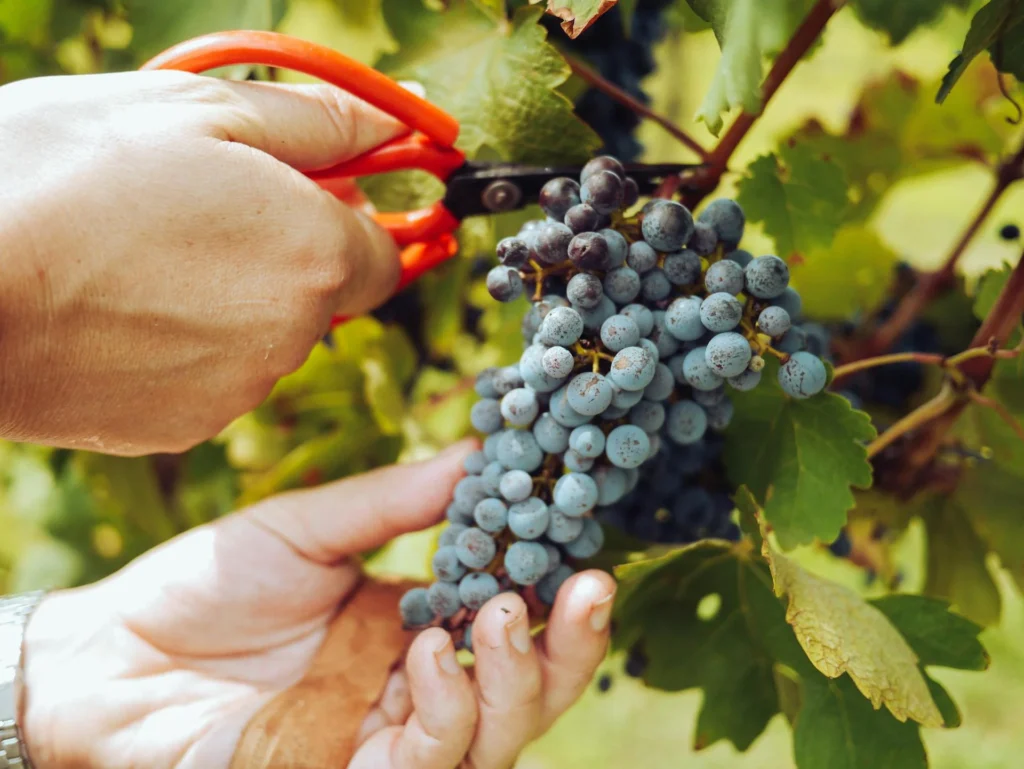
In places like Ica, the harvest is not just an agricultural process but also a festival that celebrates tradition, culture, and the hard work of winemakers. During the Harvest Festival, Ica is filled with music, dances, and activities that highlight the quality of the grapes and the skill of local producers in crafting world-renowned products.
When is the Ica Harvest Festival celebrated?
The Ica Harvest Festival is celebrated every year during the second week of March, just as the grape harvest begins in the region. This date coincides with the perfect ripening season for grapes, taking advantage of the region’s warm climatic conditions. During these days, Ica comes to life with activities such as wine tasting competitions, artistic performances, and the traditional grape stomping, an event that attracts tourists from all over the world for a unique experience. This festival not only celebrates the harvest but also the region’s winemaking culture and tradition.
Why is the Harvest Festival celebration important?
The Harvest Festival is not just a celebration but an expression of identity for the people of Ica. The event highlights the region’s cultural richness and winemaking heritage, creating a space for local producers and artisans to share their products and knowledge. Additionally, this festival boosts the local economy, attracting thousands of tourists who contribute to the growth of the tourism sector and strengthen the winemaking tradition that has characterized Ica for centuries.
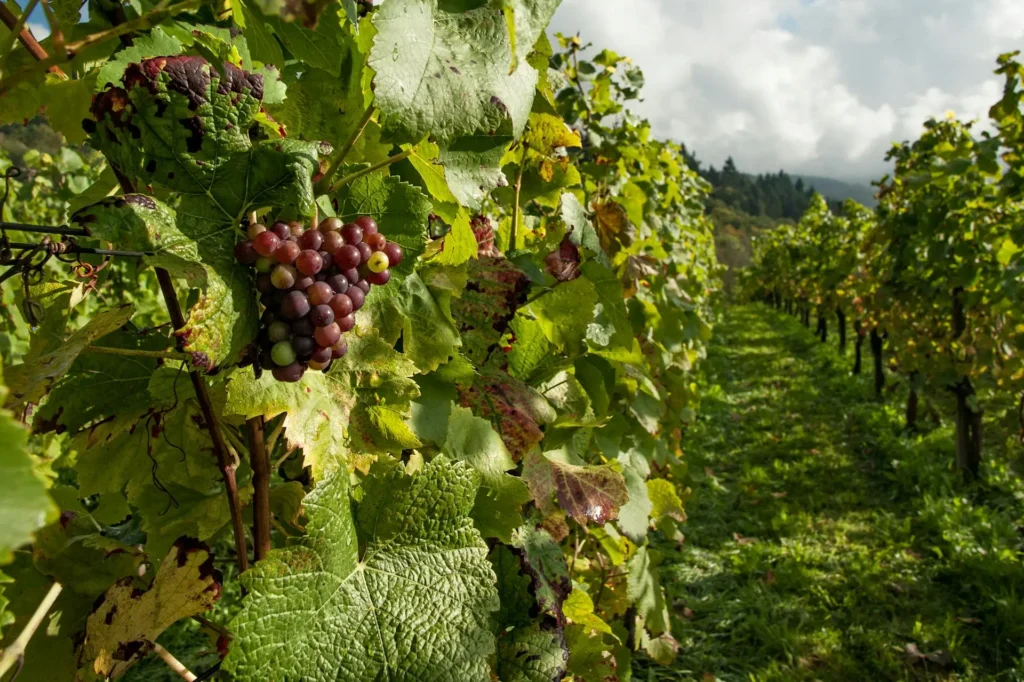
What activities are scheduled for the Ica Harvest Festival?
The Ica Harvest Festival is an event full of activities for all tastes, combining the best of local culture, art, and gastronomy. During the festival, you can enjoy a wide variety of events, including:
Cultural and artistic activities at the Ica Harvest Festival
The festival begins with an emotional opening ceremony, followed by a series of dance and music performances that celebrate Peruvian folklore. Traditional dances such as marinera and saya fill the streets with color, while artistic exhibitions and local handicraft displays provide insight into the region’s traditions and art.
Wine tasting contests and competitions
One of the most anticipated activities is the wine and pisco tastings, where visitors can sample different varieties of these emblematic products from Ica. Experts in winemaking and sommeliers organize competitions that reward the best wines and piscos of the season, highlighting the quality and unique characteristics of the beverages produced in the region.
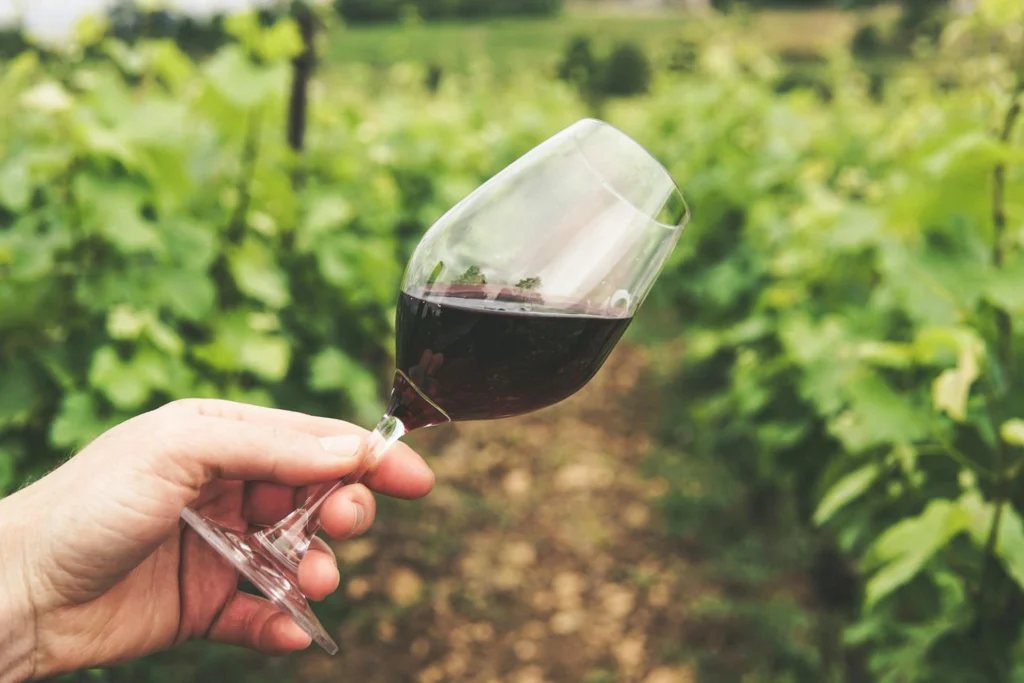
Traditional dance and music exhibitions
The traditional dance and music performances at the Ica Harvest Festival are a vibrant reflection of the region’s rich cultural heritage. During the event, various traditional dances are showcased, capturing the festive spirit and local identity. Some of the most notable dances include:
- La Diablada: A dance that represents a battle between good and evil, typical of Andean festivals.
- La Marinera: An elegant and flirtatious dance symbolizing courtship between a couple.
- La Saya: An Afro-Peruvian dance that blends African rhythms with Andean culture.
- El Festejo: Another Afro-Peruvian dance known for its joyful and fast-paced rhythm.
- La Huaylía: Andean-origin dances, especially performed during regional festivities.
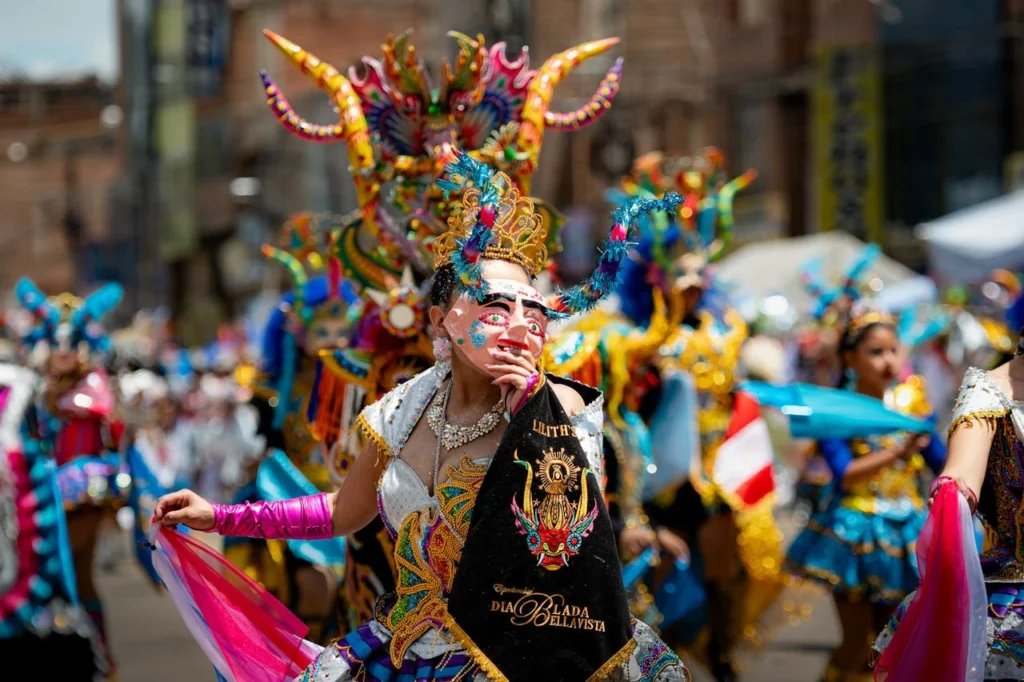
Grape Stomping: An emblematic tradition of the Harvest Festival
Grape stomping is one of the most emblematic traditions of the Harvest Festival. This event represents an artisanal process dating back to ancient times when winemakers stomped grapes by hand to extract their juice for wine and pisco production.
During the festival, participants, dressed in traditional attire, step into large containers filled with fresh grapes as part of a symbolic act honoring the region’s winemaking tradition.
The atmosphere is festive, often accompanied by music and dances, making this moment a unique experience for attendees.
Gastronomic events and local product tasting
Peruvian gastronomy is another major attraction of the Ica Harvest Festival. During the event, a variety of traditional regional dishes are showcased, allowing visitors to enjoy the authentic flavors of Ica and its surroundings. Among the most notable products offered during the celebration are:
- Cachina: A dish made with marinated lamb, served with rice and potatoes.
- Chupe de camarones: A delicious thick broth prepared with fresh shrimp.
- Arroz con pato: A traditional dish combining rice with duck meat, seasoned with local herbs and spices.
- Picante de pallares: A traditional stew made with lima beans, meat, and chili peppers.
- Frejol colado: A dessert made from beans and milk, typical of the region.
Benefits of attending the Ica Harvest Festival
Attending the Ica Harvest Festival is a unique experience that goes beyond enjoying music, dances, and great food. This event not only provides entertainment but also allows you to immerse yourself in the heart of Peruvian winemaking culture while contributing to the region’s development. Below, we explain the main benefits of being part of this celebration.
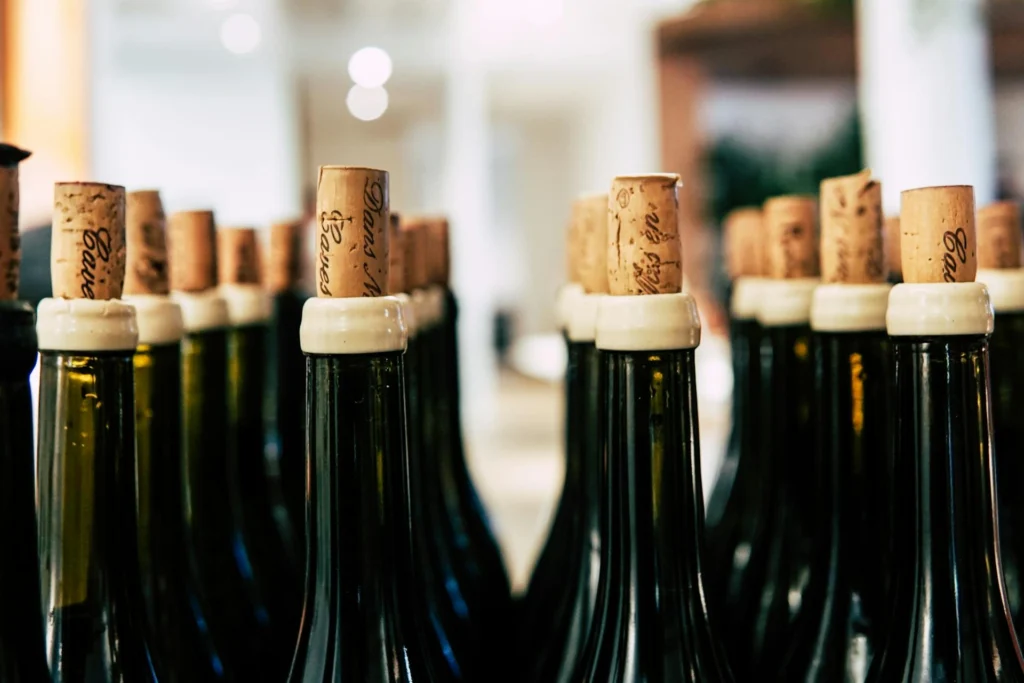
Connection with Peru’s winemaking culture
The Harvest Festival is the perfect opportunity to learn about the production process of Ica’s renowned wines and piscos. During the event, visitors have access to local wineries, where they can learn about the techniques and traditions that bring these beverages to life.
Additionally, guided tastings allow participants to discover the unique characteristics of the region’s products, fostering a deeper connection with the history and winemaking heritage of Ica. It is an experience that brings you closer to the land, the craftsmanship, and the passion behind every bottle.
Economic and tourism impact of the Harvest Festival in Ica
The Harvest Festival has a significant economic impact on Ica. Each year, the event attracts thousands of national and international tourists, directly benefiting the local economy. Hotels reach full capacity, restaurants and markets experience increased activity, and small producers and artisans gain an invaluable opportunity to sell their products to a broader audience.
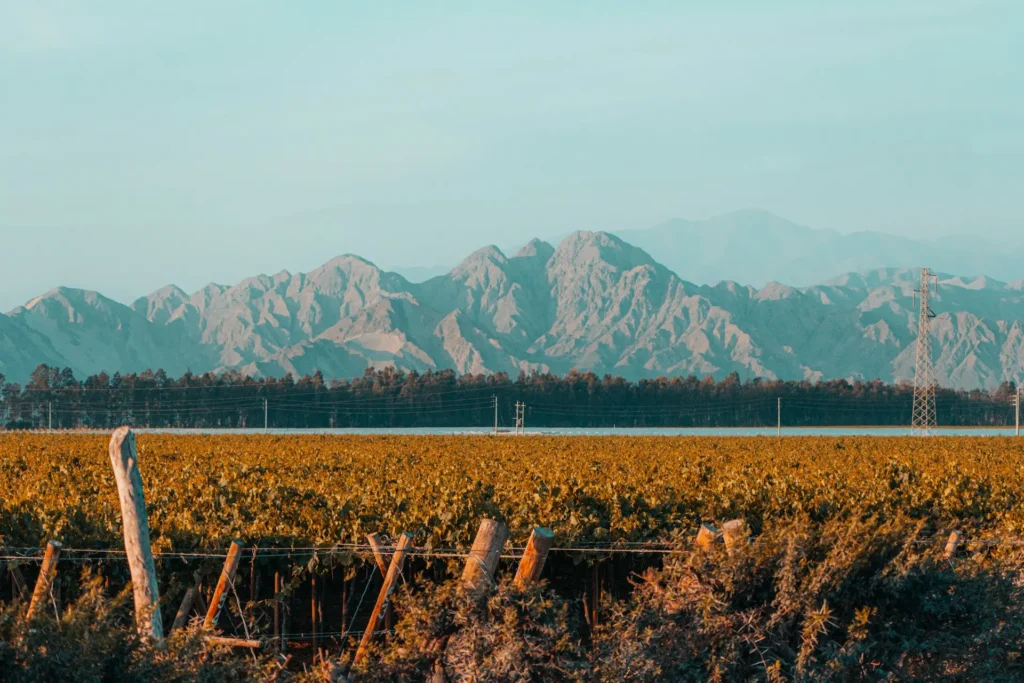
How to get to the Ica Harvest Festival?
Located about 300 kilometers from Lima, the city of Ica is accessible by various means of transportation, making it easy for tourists to arrive from different parts of the country.
Transportation options from Lima and other regions
Located about four hours by road from Lima, Ica is easily accessible for tourists who wish to attend the festival. There are regular buses that provide a comfortable and safe journey, as well as private transportation options for those who prefer to travel at their own pace.
If you’re coming from other regions of the country, you can also find several bus routes connecting Ica with the rest of Peru. The trip is a great way to enjoy the coastal landscape and immerse yourself in the warmth of the region before arriving at the festival.
Entry costs and ticket sales details
The Ica Harvest Festival offers a variety of activities with different entry costs, catering to the preferences of each visitor. Below are the prices and available options:
General Admission:
- Access to the fairground: Entry to the festival’s main venue typically costs 5 soles.
Special Activities:
- Events and performances: Activities such as concerts, competitions, and artistic presentations may have an additional cost. For example, in previous editions, tickets for areas close to the stage (Zona Uva) ranged between 80 and 120 soles, depending on how early they were purchased.
- Wine and pisco tastings: Wine and pisco tastings, as well as guided tasting sessions, may require an additional fee. Prices vary depending on the activity and the exclusivity of the experience.
Discounts and Promotions:
- Children and senior citizens: Generally, children under 12 years old and adults over 65 years old receive free admission or discounts on entry fees. However, it is advisable to check the specific policies for each festival edition.
- National and international tourists: Prices are usually the same for both local and international visitors. However, some activities or tour packages may offer special promotions for groups or early bookings.
Ticket Sales:
- Advance purchase: It is recommended to buy tickets in advance, especially for the most popular activities, as the festival attracts many visitors and events can sell out quickly.
- Points of sale: Tickets can be purchased at authorized sales points in Ica, online through the festival’s official website, or at the event’s ticket offices.
It is important to check the official Ica Harvest Festival website or reliable sources for updated information, as prices and details may vary each year.